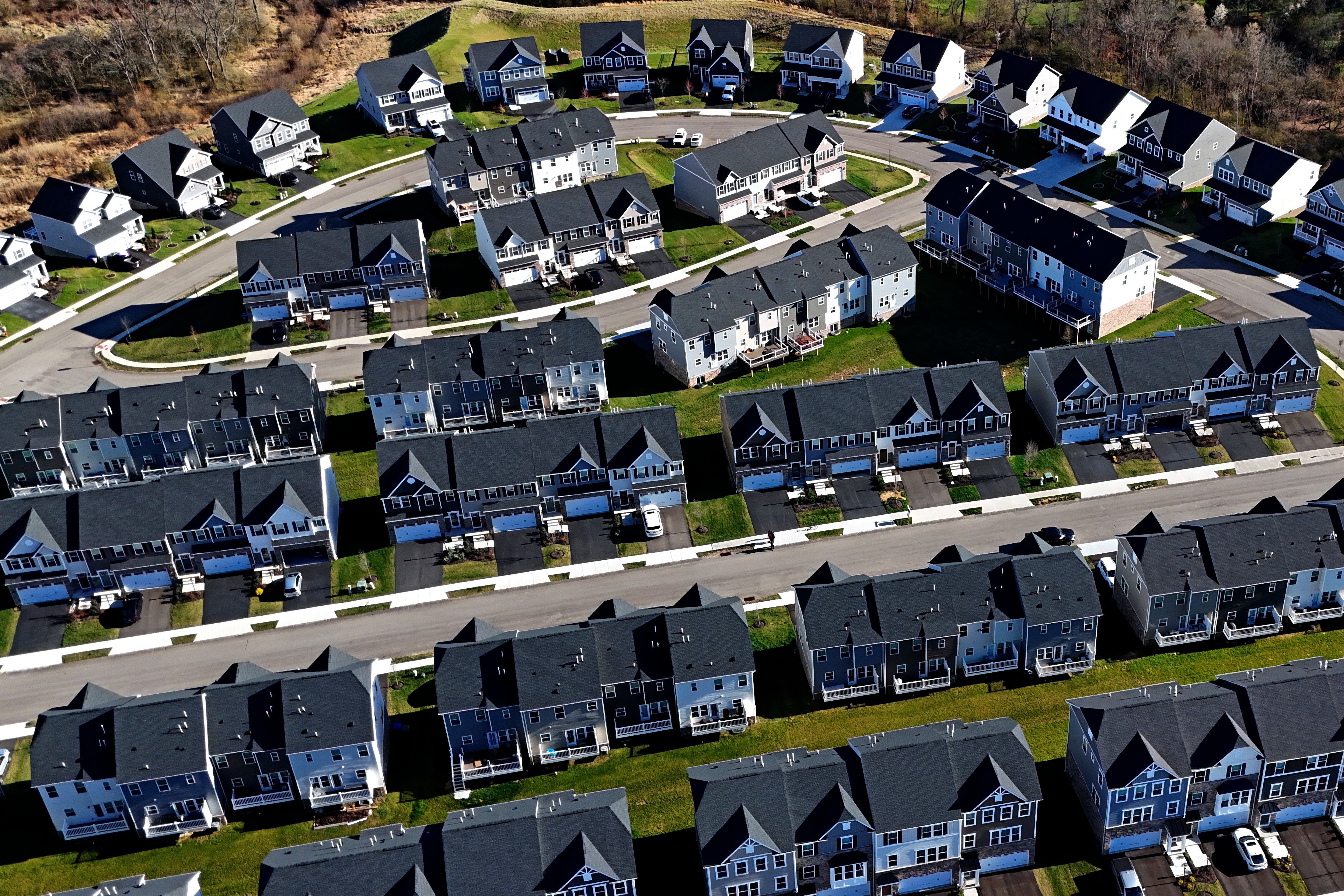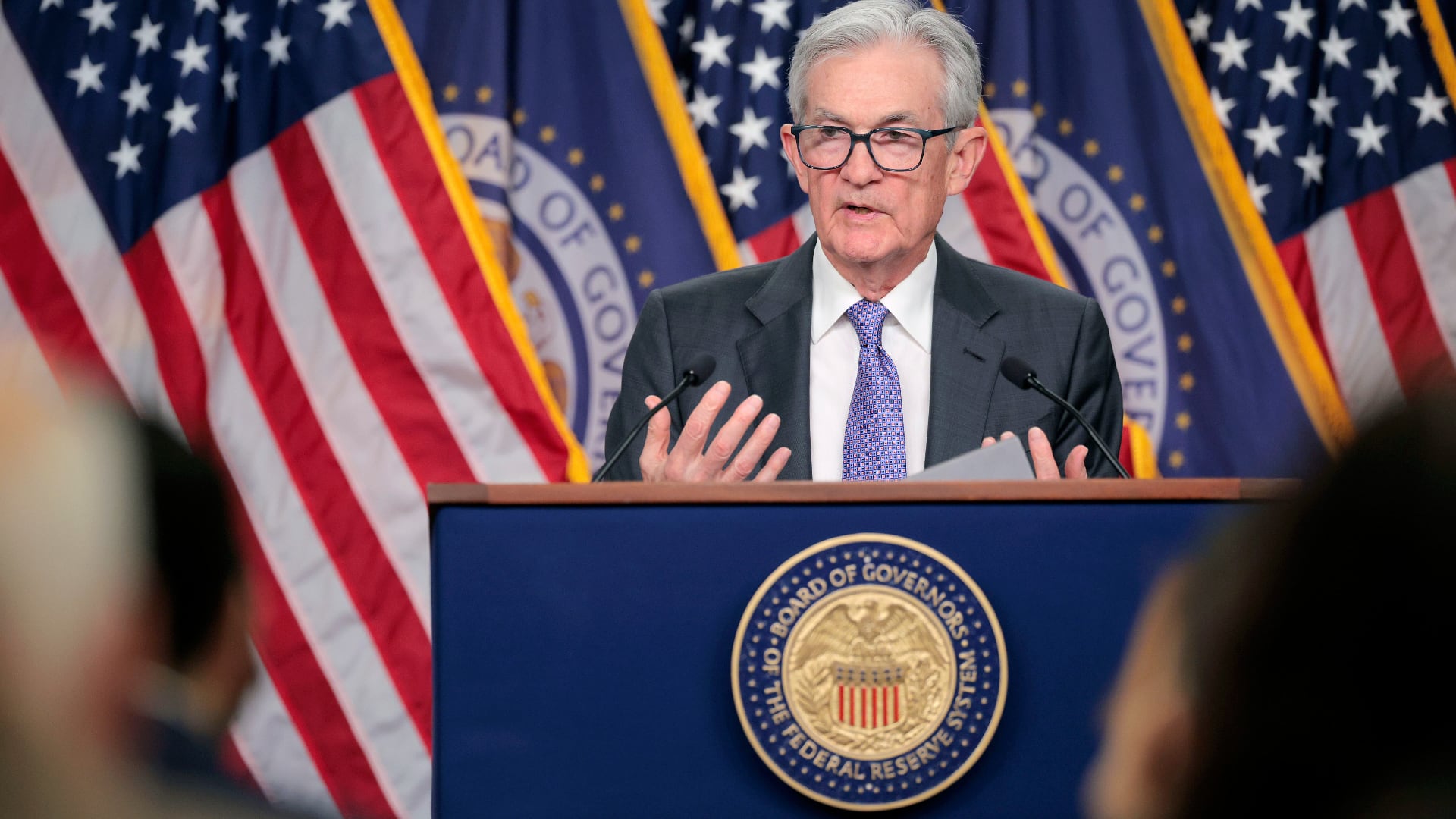LOS ANGELES (AP) — The housing market shows few signs of busting out of its three-year funk after a disappointing spring season and amid a gloomy outlook for the summer and fall.
Home shoppers came into 2024 with optimism that mortgage rates would ease further after a decline late last year. But those hopes faded as stronger-than-expected data on inflation and the economy clouded the timing of a possible rate cut by the Federal Reserve.
By April, the average rate on a 30-year home loan moved above 7% for the first time since November. That, plus record-high home prices, forced many would-be homebuyers to put their house hunt on hold -- some indefinitely.
Economists are projecting mortgage rates will ease modestly by the end of this year. But a small decline in rates may not be enough to entice home shoppers and persuade homeowners it’s a good time to sell.
Here is a look at the key trends behind the housing market’s trajectory so far this year and what homebuyers and sellers can expect in the second half of 2024:
The spring homebuying season was a bust -- again.
On average, more than one-third of all homes sold in a given year are purchased between March and June. This is known as the spring homebuying season, and it’s been a downer in recent years.
Sales of previously occupied U.S. homes fell in the March-June period from a year earlier in 2022 and 2023. Sales declined in March, April and May of this year, and indications are that June saw a pullback as well.
The weak spring sales are a reflection of the affordability challenges many home shoppers face: the average rate on a 30-year mortgage rate is moored near 7%; the supply of homes for sale is historically low; and home prices are at record highs.
High rates deter homebuyers
The average rate on a 30-year mortgage is at 6.95%, according to mortgage buyer Freddie Mac. That is more than double where it was in early July of 2021.
Mortgage rates are influenced by several factors, including how the bond market reacts to the Fed’s interest rate policy and the moves in the 10-year Treasury yield, which lenders use as a guide to pricing home loans.
The 10-year yield, which topped 4.7% in late April, has been mostly falling recently following some economic data showing slower growth, which could help keep a lid on inflationary pressures and convince the Fed to begin lowering its main interest rate from its highest level in more than 20 years.
Fed officials said in June that inflation had moved closer to its target level of 2% in recent months and signaled that they expect to cut their benchmark interest rate once this year.
Even so, economists’ projections call for the average rate on a 30-year home loan to remain above 6%.
Not enough homes for sale
Another impediment for homebuyers is the historically low inventory of homes on the market.
The good news: The number of homes on the market at the end of May was the most since August 2022, a trend that bodes well for homebuyers this summer. The bad news: The supply of homes available for sale nationally remains well below its pre-pandemic levels.
The supply of homes for sale across the U.S. was tight before Covid hit due to more than a decade of below-average new home construction and demographic trends that led to homeowners hanging on to their properties longer.
The large gap between current mortgage rates and where they were just three years ago (3%) has also discouraged many homeowners who secured rock-bottom rates from selling, what real estate experts refer to as the “lock-in” effect.
The price isn’t right
The national median sales price of a previously occupied home rose 5.8% in May from a year earlier to $419,300, an all-time high on records going back to 1999, according to the National Association of Realtors. It’s also up 51% from just five years ago.
The price increases are slowing, however. CoreLogic’s home price index shows U.S. home prices rose 4.9% in May from a year earlier, the smallest increase since October. The real estate data tracker forecasts that national home price growth will slow to 3% by next May.
“The surge in mortgage rates this spring caused both slowing homebuyer demand and prices,” said Selma Hepp, CoreLogic’s chief economist.
Home prices are cooling as more homes sit on the market longer. Metro areas in Florida, Texas, Georgia and other states where home construction ramped up in recent years have also seen price growth ease.
Some economists worry that a slight decline in mortgage rates without a jump in the inventory of homes on the market could actually work against buyers struggling to afford a home by giving sellers an incentive to boost their asking price.
“It makes me a bit concerned for what will happen with home prices when rates do drop, because I think it would spur demand without really spurring supply, at least in the short run,” said Daryl Fairweather, chief economist at Redfin. “That could lead to some sharp rise in prices.”
Should anyone buy now?
Homebuyers who can afford to buy now should benefit from the wider selection of homes on the market.
Anyone who can afford to pay all cash may also want to buy in the near term.
“Prices have been going up, and they’re probably not going to come down, so there’s really no reason to wait if you’re not waiting for rates to come down,” Redfin’s Fairweather said.













